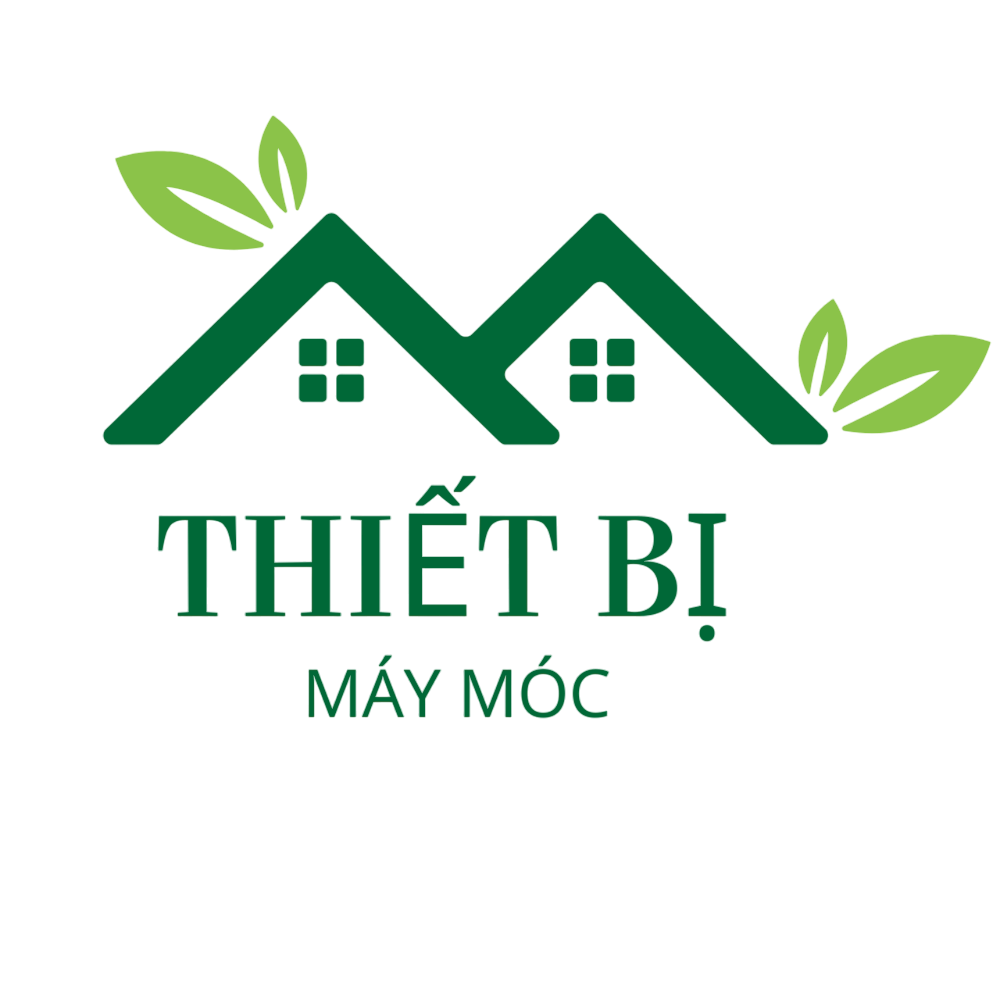Ten Dance competitions epitomize one of the most demanding disciplines within DanceSport, demanding mastery of all ten International Standard and Latin dances. The exhaustive competition structure merges the elegance of ballroom alongside the dynamic energy of Latin, challenging dancers’ stamina, technical adaptability, and performance coherence[1][2][4].
## Historical Evolution and Competitive Framework https://ten-dance.com/
### The Ten Dance Concept
Per global DanceSport regulations, Ten Dance includes five International Standard dances and Cha-cha, Samba, Rumba, Paso Doble, Jive, performed within one unified competition[1][3][4]. In contrast to style-specific divisions, 10-dance competitors must demonstrate equal competence in contrasting techniques, a rarity in professional circuits[1][6].
The category’s inception trace back to global regulatory initiatives of organizations like the WDC (World Dance Council), which hosted inaugural global competitions in the late 20th century. Initial dominance by UK pairs, as evidenced by eight consecutive world titles from 1978-1985[3].
### Event Structure and Demands
10-dance tournaments operate under unique scheduling pressures:
– Back-to-back discipline switching: Dancers alternate between Standard’s controlled elegance to Latin’s rhythmic intensity within hours[1][2].
– Costume and mental transitions: Quick changes from ballroom gowns/tails to Latin’s revealing outfits intensify competitive stress[1][6].
– Evaluation metrics: Mechanical accuracy, musical interpretation, and interdisciplinary consistency influence results[4][6].
Reviewing championship data indicates Germany’s contemporary dominance, with Michael Hull & partners securing multiple World Championships between 1987-1998[3]. Canada’s Alain Doucet & Anik Jolicoeur later emerged early 21st-century triumphs[3].
## Skill Development Challenges
### Balancing Ballroom and Latin
Mastering Ten Dance requires:
– Divergent technical foundations: Standard’s upright posture versus Latin’s Cuban motion[4][6].
– Contradictory musical interpretations: Standard’s flowing rhythms contrasted with Latin’s staccato accents[2][6].
– Psychological adaptation: Transitioning between Foxtrot’s smooth progression to Paso Doble’s dramatic flair during events[1][6].
Practice protocols require:
– Doubled practice hours: Minimum 20-hour weekly commitments to maintain dual-technique competence[1][6].
– Specialized coaching teams: Dedicated style experts often collaborate on unified training plans[6].
– Cross-training techniques: Ballet for posture combined with athletic endurance work[1].
### Statistical Realities
Data from dancesportinfo.net demonstrate:
– Participant drop-off: Nearly three-quarters of entrants abandon the category within five years[1].
– Judging bias concerns: Over a third of judges admit difficulty evaluating cross-style performances[6].
## Cultural Impact and Future Trajectories
### Ten Dance’s Niche Appeal
Notwithstanding its challenges, 10-dance fosters:
– Versatile performers: Competitors such as Iceland’s Adam & Karen Reeve (2003 champions) personify artistic completeness[3][6].
– Cross-style innovation: Fusion techniques created during Ten Dance routines often influence specialized categories[4][6].
### Emerging Trends
The discipline faces:
– Dwindling competitor numbers: From 120 global elites in 2010 recent reductions[1][3].
– Rule modernization proposals: Potential inclusion of American Smooth/Rhythm dances to revitalize interest[4][6].
– Digital advancements: Algorithmic scoring tools being trialed for mitigating human bias concerns[6].
## Synthesis
The 10-dance category remains simultaneously a proving ground and contradiction within DanceSport. While celebrating unparalleled versatility, the format jeopardizes competitor exhaustion via excessive demands. As governing bodies contemplate structural changes, the discipline’s core identity—testing human limits through artistic synthesis—continues to shape its future[1][3][6].
